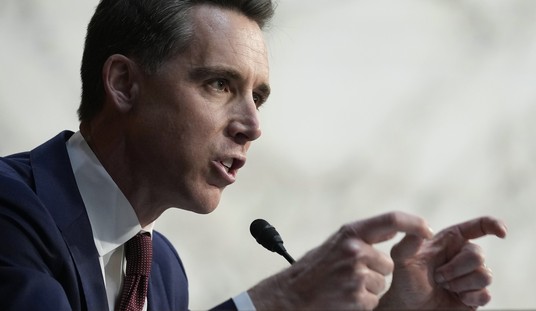As the Olympics kick off this Friday, all eyes are firmly set on one athlete: Michael Phelps. Not only does Phelps have the chance to win a record eight gold medals in a single Olympics, he is also practically assured of passing Jenny Thompson’s mark of twelve career medals to become the most decorated Olympic athlete in American history. Not bad for a 23 year old.
Luckily for Team USA, Phelps isn’t the only star in the swimming pool. In the few events that Phelps doesn’t swim, the United States will be represented by world class swimmers such as Aaron Piersol and Brendan Hansen. And, of course, the women’s team has stars of its own, including Katie Hoff and Natalie Coughlin, who are expected to take home multiple medals.
With Team USA poised for greatness in Beijing, one might assume that the state of swimming is strong on college campuses. After all, many of America’s Olympic swimmers are either college students or train on college campuses. But such an assumption would only be half right.
Like many women’s sports, women’s swimming has thrived on campus in the post-Title IX era. Only 3,038 women competed at the Division I level in 1981. By 2004 that number was up to 4,899—a 61.25% increase. Such an increase is no doubt a positive development. Unfortunately, men’s swimming is a different story. Only 3,568 men competed at the Division I level in 2004, down from a 1984 high of 4,372—a -18.39% decline. It’s not just the men who don’t have the opportunity to compete who suffer when these programs are cut; women swimmers also lose their teammates, training partners, and biggest supporters.
Why have so many men’s swimming teams been cut? A primary reason is Title IX. Title IX supporters will tell you that the statute makes no requirements for gender quotas; it simply bans sex discrimination in schools receiving federal financial assistance. Yet the trouble lies in how Title IX has been interpreted by bureaucrats and the court system.
Recommended
In 1979, a Policy Interpretation from the newly formed Office of Civil Rights outlined the infamous “three-prong test,” allowing schools different options to comply with Title IX. While three options were presented, only one option—proportionality—provided a quantitative measure that could shield schools from Title IX lawsuits. It is no surprise then that colleges overwhelmingly seek to achieve compliance through proportionality.
Proportionality is essentially another term for a quota. To achieve “proportionality” a school’s gender breakdown among athletes mirror the gender breakdown of students. For example, if 57% of the study body is female, 57% of the athletes must also be female. With women now taking almost 6 in 10 undergraduate spots nationally, schools often struggle to meet proportionality’s demands.
To meet proportionality’s gender quota, schools can add women’s programs or cut men’s programs. All too often, once other considerations, such as the budget, are taken into consideration, schools opt to cut men’s programs. Men’s swimming has been one of the hardest hit, along with other non-revenue sports such as tennis, wrestling, and gymnastics.
Even when entire teams are not eliminated, schools often institute roster caps that limit the number of male players that can participate on a team. The female equivalent teams rarely have such limits. In either circumstance—cuts or caps—schools are taking away valuable opportunities from their students in the false name of gender equity.
A better approach would be to move away from proportionality’s one-size-fits-all system and allow schools more flexibility in how they meet the interests and abilities of their student body. A simple starting point would be to institute interest surveys and ask the student body if they are interested in playing athletics. Schools could then take that information and craft a customized athletic program that fits their school’s needs.
So this August, when the spotlight is on Michael Phelps and the rest of the elite athletes on Team USA, let us not forget about the thousands of other talented athletes who have been robbed of the opportunity to compete through the misapplication of Title IX. Title IX’s enforcement mechanisms are long overdue for commonsense reforms. What better time than the Olympics to bring this conversation to the forefront.

























Join the conversation as a VIP Member